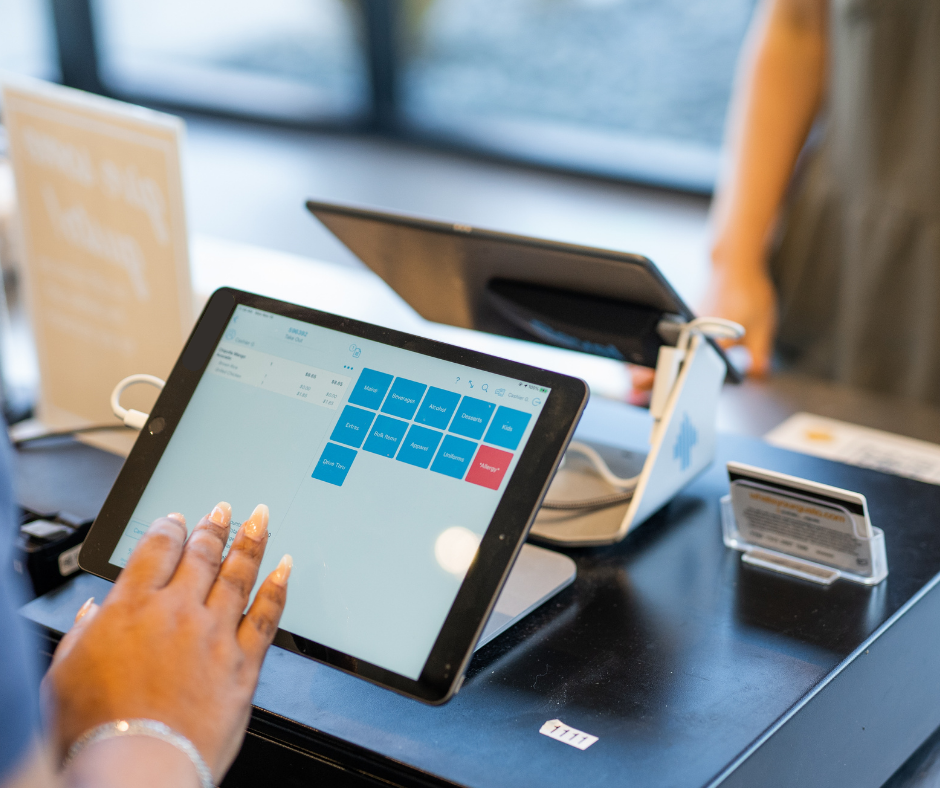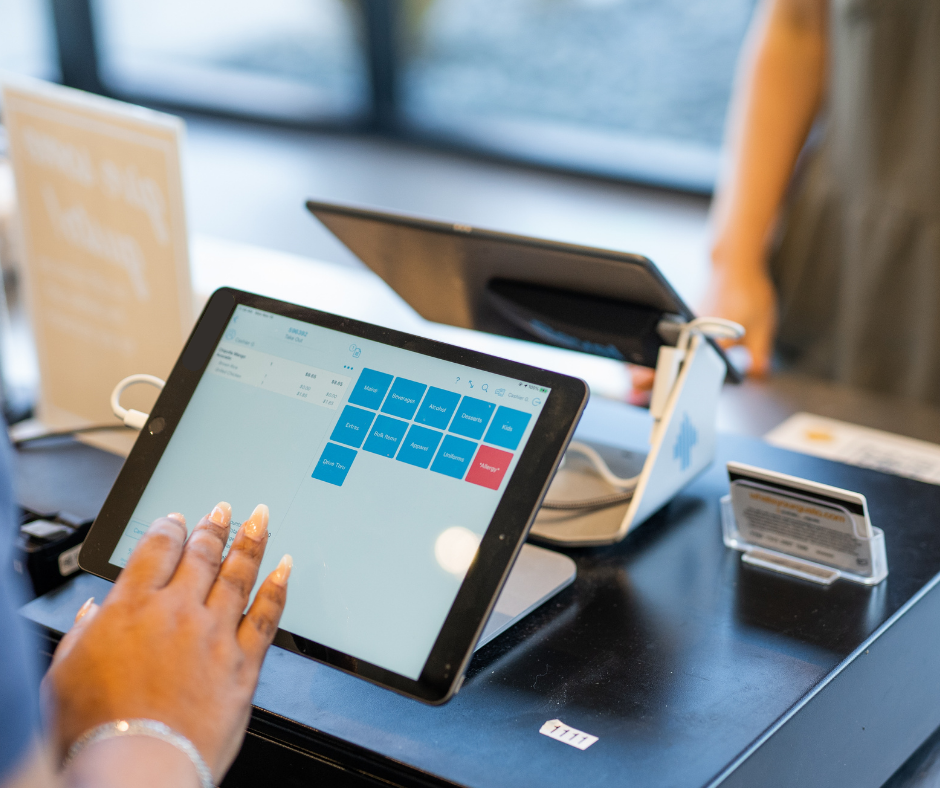Call Sales: +1 (833) 437-3835
Call Sales: +1 (833) 437-3835
Stevie Carpenter | April 26, 2023 |

The pricing strategy you choose has a significant impact on the success of your business. The right pricing strategy can result in fantastic profit and excellent brand reputation, while the wrong strategy could send you crashing to the ground.
In this blog post, we’re going to talk about premium pricing strategies.
Also known as luxury pricing or prestige pricing, premium pricing strategies involve charging rates at the higher end of the scale to present an image of a high-value, exclusive, or luxury product or service.
Many business owners understand that cost is a significant consideration for customers when making purchasing decisions. For that reason, you may opt for a low pricing strategy to remain competitive. However, a premium pricing strategy can work wonders for a business.
As well as increasing profit margins, a premium pricing strategy can have psychological effects on your customers and fellow industry professionals. It gives an impression of quality and confidence that can positively impact your reputation.
Before we go through eight benefits of premium pricing, however, a word of advice: to charge a premium price, you really do need a premium product or service. Customers expect to get what they pay for. If the customer feels that the quality does not justify their investment, they are likely to complain and your reputation will suffer.
That said, assuming that your product is worth the premium price tag, here are eight ways that a premium pricing strategy can benefit your business.

The most obvious benefit of a premium pricing strategy is that it can significantly boost profitability… if you do it right.
It seems obvious: charging more for your products will result in more money. However, you must ensure that your product or service is worth the price tag.
Remember, a high price point can be off-putting for potential customers. So if you don’t implement your premium pricing strategy carefully, charging more could actually result in fewer sales.
However, by providing excellent quality products that give value to your customers, a premium pricing strategy can be very profitable.
Premium pricing strategies indicate confidence in your product or service. It shows that you believe in what you’re doing and are prepared to support your belief with robust pricing.
In addition, prestige pricing gives the perception that you are selling a luxury product or exclusive service that indicates status and value. We’ll go into this in a bit more detail later.
It’s safe to say the market is volatile right now. No matter what you’re selling, it’s likely that you’ve been affected by price fluctuations.
Suppliers, vendors, and logistics companies have all had to change their prices regularly over the past few years. This impacts every point of your product’s journey and profitability, from the sales tax or VAT you pay to your profit margins.
While a lower price results in a lower profit margin, it also makes you vulnerable to price changes. Moreover, to keep up with rapidly changing markets, you may have to change your prices regularly. Customers aren’t likely to react well to this, and customer loyalty is integral to successful premium pricing strategies.
On the other hand, a higher price point gives you greater profit margins. It buffers you against price fluctuations, and enables you to maintain a steady pricing strategy throughout volatile times.
Price changes can be particularly challenging if you pay tax on supplies. That’s where IRS compliant or VAT accounting software can be incredibly useful when setting your rates as part of your luxury pricing model.
Aimed at small businesses, such online software automates tasks and streamlines processes, making sure you stay compliant with your tax authority. It also gives you more time to focus on providing a luxury service that matches your price point.

Adopting a premium pricing strategy is about creating a perception of a premium product or luxury customer service experience in customers’ minds.
People naturally associate higher price tags with greater quality. UK brands like Fortnum and Mason and Garrad, and US brands like Apple and Ralph Lauren all use premium pricing to indicate luxury and exclusivity.
If your prices are set too low, customers may worry about the product or service’s quality and impact, from the type of materials or ingredients used to how much employees are paid. A low price tag indicates that the company has saved money at some point along the road, resulting in a lower quality end product.
On the other hand, a higher price tag creates a more positive perception. It indicates that you can provide a unique experience, haven’t cut corners, use quality materials, and have hired the most skilled professionals to get the job done to a high standard.
Profit is great, but your company relies on cash flow to operate at optimum.
Premium pricing strategies mean more money flowing into the business, giving you more scope to grow and improve.
This allows you to:
As your cash flow increases, you’ll need to keep a close eye on how much money is coming in or going out of your business each month. Investing in small business accounting software is an easy way to monitor and control your finances in one location, from invoicing to payroll.
Navigating a recession is inevitable for almost any business. As customers in the Uk and US tighten their purse strings, you may think that luxury goods and services would be the first thing to go. However, setting premium prices is a long-term strategy that can pay off, so don’t be tempted to slash prices.
If your brand is established and delivers on its promise to provide a top-notch product or experience, customers are likely to remain loyal, even during financially difficult times. By focusing less on lower prices and more on greater value, you can appeal to even the most discerning customer.
Pricing strategies are integral to customer value management, and a premium model can significantly impact your average customer lifetime value.
Customer lifetime value is based on the amount that a customer will spend with your company over their lifetime. A higher price tag naturally increases this amount. However, there are several other factors that contribute to a high customer lifetime value, including product quality, customer experience, and customer loyalty.
As we have explored above, premium pricing increases the perception of your product’s quality. It also improves your brand’s reputation, and enables you to provide a higher standard of customer service through increased cash flow. All of this is fantastic for customer lifetime value.
When you are working with low profit margins, you have to cast a wide net. You need to cater to a large, generalized audience because you need a high volume of sales to turn a profit.
In contrast, a premium pricing strategy allows you to cater to a more niche market. This means you can hone your craft and target a more specific customer base.
This can benefit your business on several levels as it allows you to:

A premium pricing strategy may feel like a risky move. After all, it’s often thought that higher prices will put customers off.
However, when executed carefully, a premium pricing strategy can work wonders for your business.
By focusing on higher value, exclusive experiences, and rare products, you can increase prices in a way that improves perceptions. By providing a luxury experience or product, your business will become known for offering something exclusive that’s worth the price tag.
In turn, this can improve your company’s reputation, boost customer confidence, and set your business up for success, even in a turbulent and competitive market. This allows you to expand into niche markets and build up a community of satisfied, loyal customers who will stick with you as you grow.